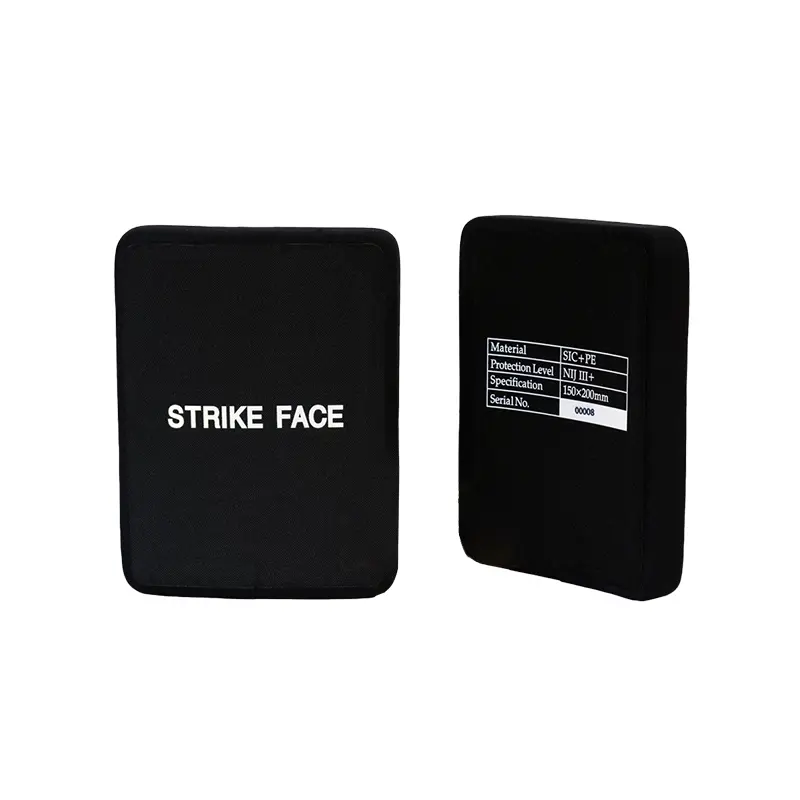Post
The world is witnessing an unprecedented increase in cross-border conflicts and geopolitical tension-a recent example being the Russia-Ukraine crisis. Military-grade safety equipment such as body armor has become an essential tool for law-enforcement personnel and armed forces to ensure safety and survival during security operations.To get more news about bullet proof, you can visit bulletproofboxs.com official website.
Designed as protective clothing to absorb or deflect physical attacks, body armor has evolved significantly and is no more too heavy or unfit to wear. With advancements in material technology, this safety equipment has gotten much better in terms of performance and durability. A gradual transformation is taking place across the body armor industry, which will reinforce protection levels for law enforcement and defense personnel.
In countries like the U.S., firearm accessibility for criminals and civilians stands out as one of the most dangerous threats faced by law enforcement officers. A study conducted by The Police Executive Research Forum (ERF) says that by not wearing ballistic body armor, police officers are 14 times more likely to face the risk of dying from an injury.
When it comes to choosing the right kind of body armor, concealable soft body armor tops the list as a preferred safety gear by police officers, prison guards, security guards, and some private citizens who are more likely to face lower levels of ballistic threat. The U.S. National Institute of Justice (NIJ) states that soft body armor has already saved lives of over 3,000 police officers in the country over the past three decades.
The way it operates is pretty simple. A number of ballistic panels that consist of extraordinarily strong and specialized fibers-the most common one being Kevlar-are added to the armor to stop projectiles. Kevlar-unlike traditional clothing fiber-is lightweight, but it is five times stronger than a piece of steel of the same weight. When interwoven into a dense net, this material can absorb a great amount of energy.
However, it is vital to note that high-velocity rounds shot from rifles can pierce through a concealable soft armor protective vest, making it unfit for use in military operations unless used in combination with hard body armor.
Challenges for Armored Personnel
Body armor certainly has its upsides like superior protection against fragmentation and ballistic threats, as well as inherent flame-resistance. However, this safety equipment also creates a lot of challenges for its users being heavier, non-fitting, mostly non-breathable, and exhibiting a lack of protection to open areas of the body. Its increased weight also leads to a reduction in the mobility of troops, with musculoskeletal injuries said to be more common among body armor wearers.
As lighter body armor is the need of the hour, manufacturers are looking to use advanced material within their makes. Ultra-high molecular weight polyethylene (UHMWPE) is coming up as the next big thing in this field. Boasted to be 15 times as strong as steel, UHMWPE derives its strength from long-chain molecules, offering a lighter option for stopping projectiles. Manufacturers are also edging towards nanotechnology for making ballistic materials that are as light as clothing, while having critical life-saving abilities.
Shedding light on advances in the field of nanotechnology, research funded by the U.S. Army and Navy has demonstrated a new kind of nanomaterial architecture that can stay robust against small projectiles, leading to potential development of stronger body armor for the future. If body armor derived from this research turns out to be stronger/lighter than Kevlar at the same weight, it could become a lot less like specialized gear and more on par with the functionality and ease of everyday clothing.
The zest to develop advanced body armor has also enthralled firms to initiate new business strategies. In 2021, DuPont announced its acquisition of Tex Tech's Core Matrix Technology. It is a monolithic fabric structure that can significantly reduce back-face trauma, while increasing ballistic and fragmentation performance for defense and law enforcement personnel. Such acquisition would enable the development of more flexible and lightweight ballistic solutions that increase the comfort of wearing bullet-resistant body armor, whilst meeting new NIJ standards for enhanced durability.

komentarze

Opis

Kategorie

Tagi









